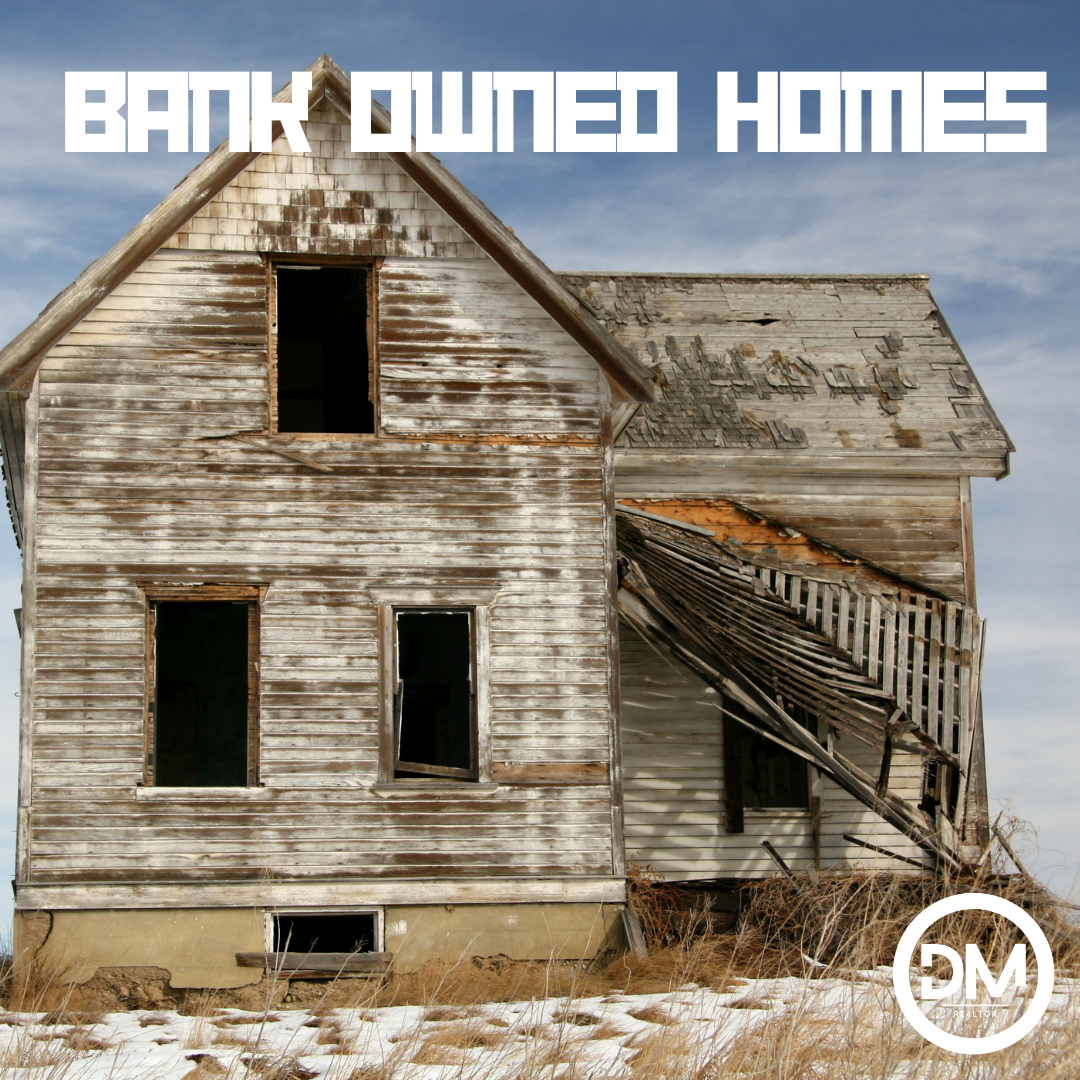In the world of real estate, bank-owned properties, also known as REOs (Real Estate Owned), represent a unique and intriguing option for potential homebuyers and investors. These properties have been repossessed by banks or other financial institutions due to foreclosure, and they often offer opportunities for significant savings. In this blog post, we will dive deep into what bank-owned properties are, their advantages and disadvantages, and how to navigate the process of buying one.
What Are Bank-Owned Properties?
Bank-owned properties are homes or commercial real estate assets that have been taken back by a lender, typically a bank or mortgage company, after the previous owner failed to make their mortgage payments. This occurs through a legal process known as foreclosure. Once the property becomes bank-owned, the financial institution assumes ownership and responsibility for selling it to recover the outstanding loan amount.
Advantages of Buying Bank-Owned Properties
- Potential for Bargain Prices: One of the most compelling reasons to consider bank-owned properties is the potential for substantial savings. Banks are primarily interested in recouping their investment quickly, which can lead to lower prices compared to market value.
- Clear Title: In most cases, bank-owned properties come with a clean title, free from any liens or encumbrances. This ensures a smoother and more secure transaction process.
- Flexibility in Financing: Buyers often have various financing options available when purchasing REOs, including conventional mortgages, FHA loans, or even special financing deals offered by the bank itself.
- Room for Renovation: Many bank-owned properties are sold “as-is,” which means you might have the opportunity to customize and renovate the property to your liking.
- Potential for High Returns: Savvy investors can capitalize on the potential for high returns by purchasing bank-owned properties at a lower cost, making necessary repairs and improvements, and then selling or renting them out at a profit.
Disadvantages of Buying Bank-Owned Properties
- As-Is Condition: While the as-is condition can be an advantage for some buyers, it can also be a drawback if the property requires significant repairs or renovations.
- Limited Information: Banks may not provide as much information about the property’s history or condition as a traditional seller would, which can make it harder to assess the property’s true value.
- Competitive Bidding: Bank-owned properties often attract multiple buyers, leading to competitive bidding situations that can drive up the price.
- Lengthy Transaction Process: The purchase of a bank-owned property can involve a more extended and complex process due to the bank’s bureaucratic procedures.
Tips for Buying Bank-Owned Properties
- Research Extensively: Thoroughly research the local market, the property’s history, and the neighborhood before making an offer.
- Get Pre-Approved: Secure financing and get pre-approved for a mortgage before starting your search, as this can make you a more attractive buyer to banks.
- Work with a Real Estate Agent: Collaborate with a real estate agent experienced in bank-owned properties to navigate the process effectively.
- Inspect the Property: Hire a professional home inspector to assess the property’s condition, so you know what you’re getting into.
- Be Patient: The process of purchasing bank-owned properties can take longer than buying from a traditional seller, so patience is key.
Bank-owned properties offer a unique opportunity for homebuyers and investors to acquire real estate at a potentially lower cost. However, it’s essential to approach these purchases with caution and thorough research to ensure you make an informed decision. If you’re willing to put in the effort, buying a bank-owned property can be a rewarding endeavor that leads to substantial savings or profitable investments in the world of real estate

 Facebook
Facebook
 X
X
 Pinterest
Pinterest
 Copy Link
Copy Link
